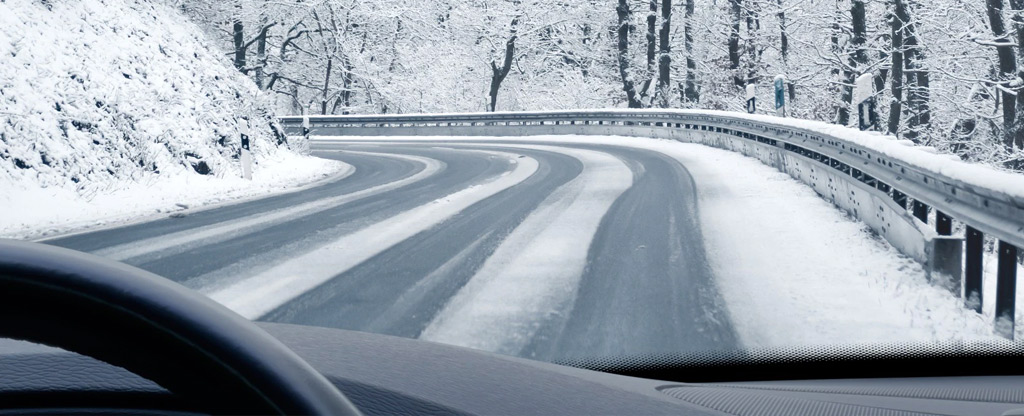Winter Driving Tips For New Drivers
While driving in South Carolina’s temperate climate usually means sunny skies and warm breezes, come winter, road conditions change in a way that new drivers need to be aware of beforehand – not find out the hard way. If you have a new driver in your home, make sure you go over these points with them before the weather turns cold so they can have confidence behind the wheel and avoiding having to file an auto insurance claim.
-
Braking on slick winter roads is different
Much like driving in the rain, driving on icy or snowy winter roads decreases your tires’ grip on the road. This means that in order to stay safe and in control, a few changes must be made in the driving style of your new driver. The best advice for braking on slick winter roads is this:
- Drive under the posted speed limit.
- Let off the gas to slow down rather than touching the brakes, if possible.
- If you need to touch the brakes, do so slowly and gently.
Slamming on the brakes in slick winter conditions is a recipe for the car skidding out of control and potentially causing an accident. Slowing without the brakes as much as possible, and driving more slowly than posted if conditions are slippery, is the best way to avoid a skidding accident.
-
Drive below the posted speed limit
Speed limits are posted for average road conditions. A snowy, icy winter day is anything but average. In fact, you can get a traffic ticket for driving “too fast for conditions” for going the speed limit on a snowy, icy day.
That reduced grip we talked about in the point above applies here, too. Because your car has less grip on the road, it’s important to drive more slowly than usual to maintain control.
-
Stay in your car after an accident
A car accident can ruin anyone’s day. But a car accident in cold weather can be even more tricky because now, not only are you stuck on the side of the road, you’re still in danger.
If you have an accident after sliding on ice or snow, that means that every other car that passes you also may hit that same icy spot and could run off the road. too. Surely you’ve heard of those 40-car pileups that happen on snowy interstates out west and up north. This is how they happen.
If you have an accident, stay in your car if you to avoid the dangers of standing in what could be the path of the next skidding car. If you can safely do it, exchange information with the other driver and return to the car to wait for the police. If it’s not safe to step out of the car, call the police and wait inside.
-
Winterize your car
Cold weather driving means a few changes to your car itself. Winter wiper blades can help keep ice and snow off your windshield, improving visibility. Remember to change to winter washer fluid, which acts as a chemical ice remover and won’t freeze if the temperature drops below freezing. And always keep a blanket in your car. If you end up stranded on the side of the road, you’ll stay warmer!
-
Make sure you’ve got proper insurance coverage
Accidents are more common in the winter, even for the most experienced drivers. Want to know if you’ve got enough coverage to protect you, your family and your assets in case of an accident? Give Edwards Insurance Agency a call today.





